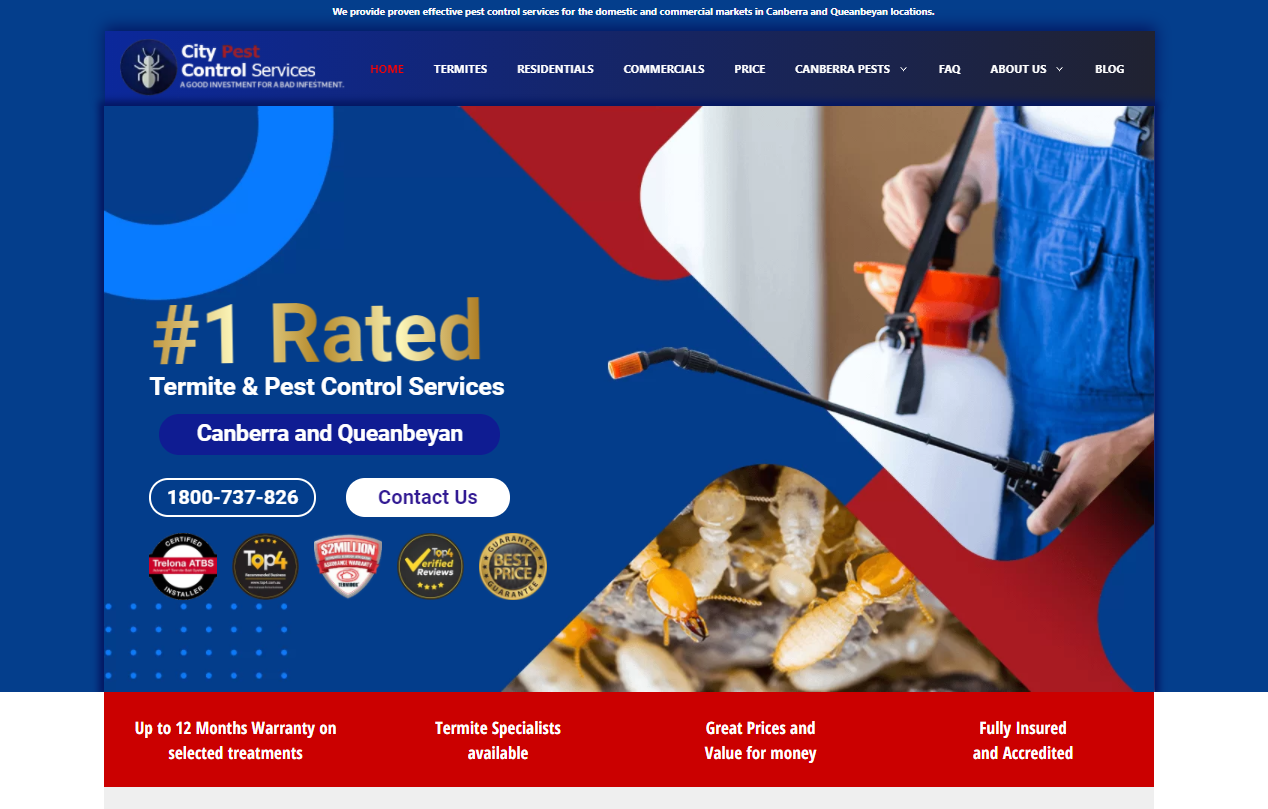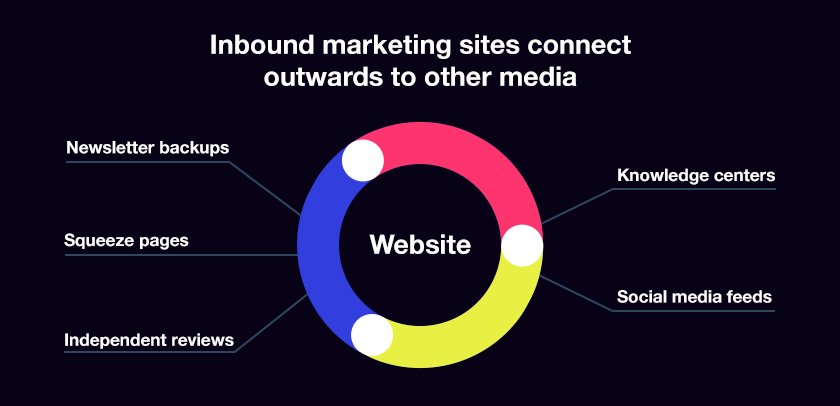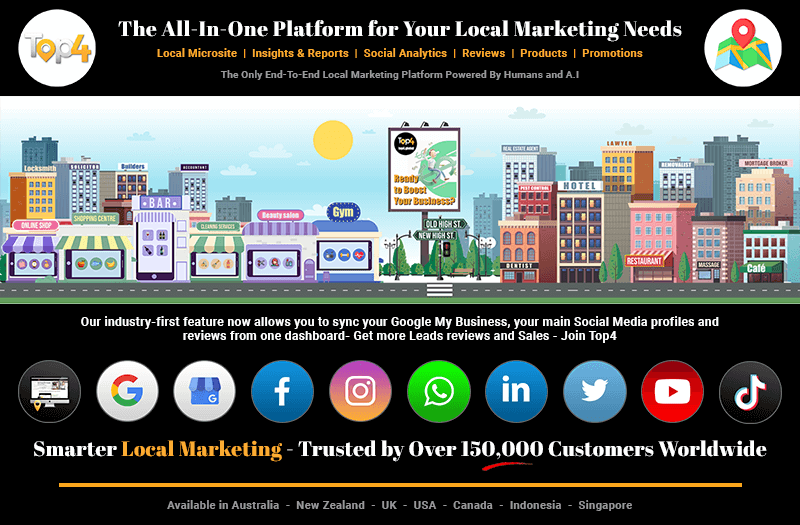Think of your website in terms of processes and customer journey, get obsessed with analytics, and keep things fresh.
For marketers, strategy is a practical part of marketing. Strategy for lead generation includes looking at what you want your website to do, rather than what it is.
Tomorrow People found that over half of marketers aren’t sure they’ve got it right. Often, you’ll find that a limited number of concrete changes make a big difference to your lead generation figures. In this article, we’ll look at some of them.
The overarching theme: think processes, not points
Why processes? They get you into the mindset of ‘strategy’ rather than tactics.
Looking over your site, you’ll see many pages that work brilliantly as a single unit. Maybe they communicate one idea well or scoop up a high percentage of clickthroughs.
If you start to think of that single action as one link in a chain of events, it’s a lot more insightful. As Hubspot suggests, that well-written idea may be hitting the visitor at the wrong moment. That high CTR may be wasted because too few visitors are making it to the page.
Let’s look at some of those processes… and along the way, the characteristics of a great inbound marketing site.
1. Your website isn’t a collection of pages, but a set of journeys
Great lead generation websites tend to share these traits:
- A focus on the visitor’s journey through the site, with clear waypoints and endpoints.
- Content created to pull users in, not be pushed out.
- A goal of getting the person interested, rather than selling the product.
- Engagement of the visitor at the moment they are most receptive.
- Increased nurturing of the customer as they move closer to a buying decision.
A tactician looks at visitor numbers and page views, in order to discover how they can push them up. A strategist looks at completed customer journeys and looks for ways to increase those. Marketo claims that it is only by looking at the process that you can understand a customer’s real intentions.
That’s where a lead generation strategy starts: seeing where you’re weak.
Of course, there’ll be more than one journey. The best sites provide a pathway for the CEO guiding their company’s strategy, the financial director looking for ROI, the project owner looking for their next promotion… even the IT guy who has to implement your product. Sometimes they’ll intersect, like crossroads on a road trip—but they are separate journeys.
So look at your existing website, and quickly score it out of 10 for the five traits above. Is it journey-based? Does it encourage pull-in? Is it catering to interest? Does it engage at the right moments? Are you offering warmer nurturing over time?
 If you totalled more than 25, you’re doing better than most B2B websites already.
If you totalled more than 25, you’re doing better than most B2B websites already.
2. A customer’s journey is also a sales funnel
Now you’re in the journey mindset, compare it to a standard sales method: the sales funnel. Each step the customer takes on their journey through your site is (in inbound marketing terms) one stage of a sales funnel.
If most of your visits start on your home page, that’s Stage One: where cold suspects enter your process. You need to get them to Stage Two: warm prospects. This is the stage where you qualify them, perhaps with content that illustrates a known business pain.
Then Stage Three: hot prospects—people genuinely interested in your market who can legitimately be called a Lead. Each stage may take multiple clicks in multiple media, but thinking of each process as a sales funnel lets you ask further strategic questions:
- How many steps are there in each customer journey?
- What drop-off rate should you expect between stages?
- Which stages are exceeding expectations, and which fall short?
- How many leads each month is each process delivering?
- How many leads could it deliver if you optimized the stages before it?
- How many leads are converting to sales?
Adopting the funnel approach shows you where to allocate resources for the best effect. If you’re getting a million visitors a month but only two or three sales are popping out of the funnel, there’s probably a huge opportunity to optimize that conversion rate—without having to drive another million people into the top of the funnel.
3. A sales funnel needs intelligent analytics at each stage

As Inbound My Marketing suggests, your website isn’t the whole of your lead generation strategy—but it is the core. As such, the best inbound marketing sites connect outwards to other media:
- Newsletter backups, providing web versions of email marcomms.
- Squeeze pages, cordoning off valuable content with a data-harvesting form.
- Independent reviews, such as Trustpilot, to provide social proof.
- Social media feeds, announcing new pages and content.
- Knowledge centres, with white papers, eGuides, and other decision support.
These connected pathways of content are the basis of marketing automation—so every page needs to know who’s visiting, where they came from, and what they do next. (Simple site analytics aren’t enough.)
So action 3 in your strategy is to see how much of your web content is properly in context with other channels. If a page doesn’t know what stage of the journey a customer is on, it runs the risk of giving them content too early or too late.
Great content only becomes great when it’s presented at the right time. So decide: is your website going it alone, or is it a hub for all channels? Inbound marketing needs the latter.
4. Freshness is what keeps the funnel full
SEO has changed a lot in recent years. Keyword-stuffing, content-spinning, link-farming and metadata-wrangling were all designed to game your way to the top of search results. This, in other words, is a form of cheating. SEO today is much more about fresh, original, compelling content that humans can read. SEO is a huge part of inbound marketing: you’re ‘lying in wait’ for people who’ll be pleased to meet you when the right moment arrives. So step 4 of your strategy involves some new decisions:
- What percentage of your pages are over a year old? Six months? A week?
- Are your main navigation pages static, or active ‘teaser tables’ for new content within?
- When people search for you, do they see a lot of content dated from over a year ago?
Levels of new and repeat visitors alike correlate strongly with how up to date your content is and how often it changes. Blogs. News. Latest papers. Your business sector doesn’t stay static, and neither should your content. To be a thought leader in your market, shift up a gear in publishing your latest thinking.
Conclusion: the core of a great lead generation site
After asking these questions of your site, you’ll be ready to start your transformation.
Here are our top tips for a successful lead generation website:
- Plan your site as customer journeys rather than clusters of pages. This will encourage prospects and customers to engage, in turn driving leads, revenue, and retention.
- Have a single, consistent content strategy that covers your whole site.
- As well as looking for a high volume of visitors, also look for relevant visitors.
- Optimize conversion rates to drive hundreds of content downloads each month.
- Seek to reduce bounce rates (those who leave after the first page they see) to below 40%.
- Build high levels of repeat visitors with a turnover of fresh content.
- Set a goal of 5%+ visitors going on to become marketing qualified leads (MQLs).
And remember: for a great strategic lead generation website, think process, not points.
To find out how we can help you with your Website + Marketing, using our unique location marketing platform called Top4, get in touch today www.top4marketing.com.au

Looking to build customer loyalty through social media? Don’t forget to add your business to Top4.com.au
List your business, create your own digital store to sell goods and services, and share posts on social media. Promote your business on Google instantly! Should you need help with local digital marketing then view our new Google Marketing Platform and services Top4 Marketing
Get Found On Google Promote Your Website, Reach local customers today!
Our Digital Marketing Agency Services Across All Industries Include Search Engine Optimisation (SEO), Google Marketing, Website Design, Corporate Web Development, and local location-based marketing using our own Google Marketing Platform!
Engage A Social Media Agency For Only 1/3 The Cost Of Employing A Social Media Manager…LET’S TALK!
source: business2community




